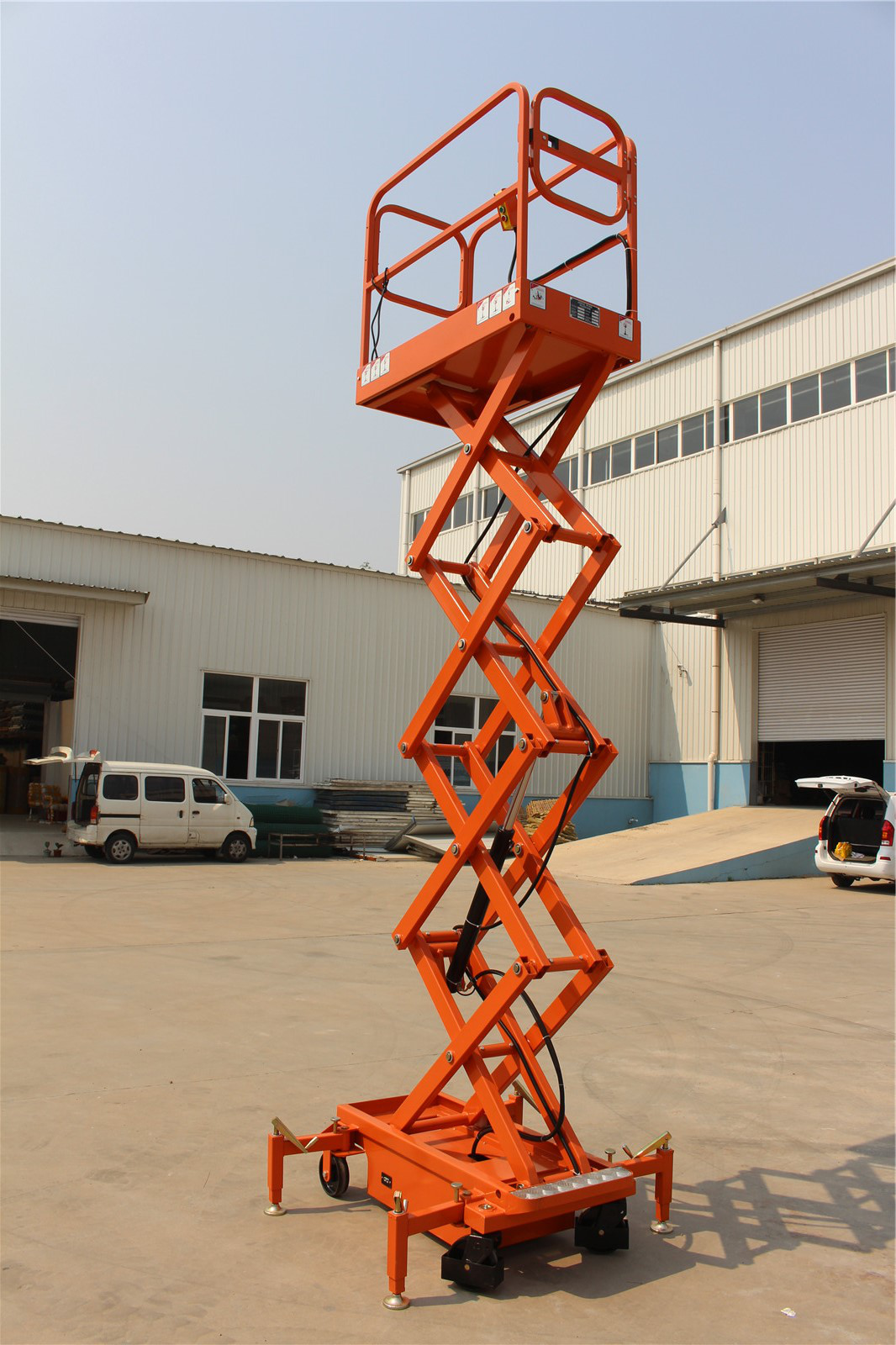

However, it is important to remember even with the existing safety features, an operator should perform pre-start inspections of vehicle including lift structure, hydraulic/electric components, controls, limits, emergency systems and inspect the work site for hazards. On boom-supported lifts, a full-body harness and lanyard completes a fall restraint system. Slip-resistant surfaces prevent falling and high guard railings enclose the worker. Today’s aerial lift provides safety features that greatly eclipse traditional equipment in stability, purpose-designed controls, and emergency back-up systems. Besides general construction, you will see aerial lifts being used to handle routine building maintenance, painting, trimming trees, installing rooftop HVAC services and inventory management. Aerial lifts can also rotate on a vertical axis in. Industries such as manufacturing plants, maintenance service providers, real estate management companies and warehouse and construction companies all utilize aerial lifts. Any vehicle-mounted work platform that can travel vertically and/or horizontally is known as an aerial lift. It also replaces the use of traditional ladders, man-baskets on lift trucks and scaffolds to make working at high elevations safer. The design of these lifts allow operator mobility and flexibility which increases efficiency. Made for the purpose of lifting workers, tools and light materials, aerial lifts can move easily on the work site and provide safer access in hard to reach areas. outdoor applications, vertical and horizontal reach of platform and lifting capacities.

When choosing an aerial lift, some aspects to consider are indoor vs. There is a broad spectrum of models with a variety of lift heights suitable for almost any work environment. A gate, complete with toe guards, to close off entrances to the work platform. REQUEST QUOTEĪerial lifts can make a difference in your company’s day to day operation. Under the ANSI A92.20 standard, manufacturers are required to include several safety features in new MEWPs, including: Sensors that sound a visual or audible alarm and prevent the machine from operating when the safe load limit is exceeded. Aerial lifts were made for the purpose of lifting workers, tools and light materials.


 0 kommentar(er)
0 kommentar(er)
